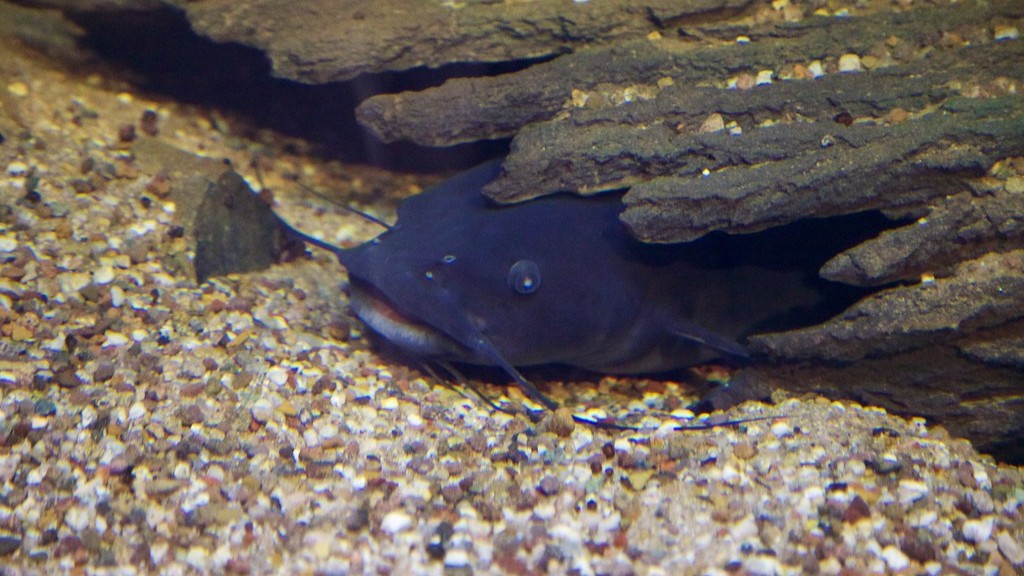Is a Bullhead a Catfish?
Bullhead and catfish are fish species that are often confused due to their similar physical appearances and habits. While both belong to the same order, Siluriformes, and share some common characteristics, they also differ in various aspects. This article aims to shed light on the differences and similarities between bullheads and catfish, ultimately answering the question: is a bullhead a catfish?
Physical Characteristics
The physical characteristics of bullheads and catfish are remarkably similar, which often leads to their misidentification. Both exhibit barbels, which are whisker-like sensory organs located around their mouths, aiding in their ability to detect food and navigate their surroundings. Additionally, bullheads and catfish possess spines on their dorsal and pectoral fins, serving as a protective mechanism against potential predators.
However, one key distinguishing feature between bullheads and catfish lies in their adipose fin. A bullhead possesses a well-developed adipose fin, which is absent in most catfish species. This fin is located between the dorsal and caudal fins and provides stability and balance during swimming.
Habitat and Distribution
Both bullheads and catfish are primarily freshwater species and can be found in lakes, rivers, and ponds. They prefer habitats with slow-moving or stagnant water, where they can find food and shelter. However, their specific preferences within these habitats differ.
Bullheads, also known as horned pout, tend to inhabit muddy or sandy bottoms of water bodies, where they can easily dig burrows and find refuge. In contrast, catfish species are more versatile in their habitat choices, and they can be found in a wider range of substrates, including rocks, logs, and vegetation.
Feeding Habits
Both bullheads and catfish are opportunistic feeders, but their dietary preferences may vary slightly. Bullheads primarily consume bottom-dwelling invertebrates, such as insect larvae, snails, and crustaceans. They are also known to feed on small fish and aquatic vegetation, making their diet more diverse than that of catfish.
Catfish, on the other hand, have a more carnivorous diet and predominantly feed on other smaller fish, aquatic insects, and crustaceans. They are equipped with specialized taste buds located all over their body, allowing them to detect prey even in low visibility conditions.
Global Species and Taxonomy
The Siluriformes order, which includes bullheads and catfish, is highly diverse, comprising numerous species spread across the globe. Catfish species are particularly widespread, with representatives found in North and South America, Europe, Africa, and Asia. Some well-known species of catfish include the channel catfish, blue catfish, and flathead catfish.
On the other hand, bullhead species are more limited in their distribution, primarily found in North America. Common bullhead species include the black bullhead, brown bullhead, and yellow bullhead. These species are often smaller in size compared to many catfish.
Conclusion
In conclusion, while bullheads and catfish share similarities in their physical characteristics, habitat preferences, and feeding habits due to their membership in the Siluriformes order, they are distinct fish species with notable differences. Bullheads possess an adipose fin, a feature absent in most catfish, and they have a more varied diet compared to catfish, which exhibit a more carnivorous inclination. Additionally, catfish species are found in a broader geographical range than bullheads, which are mainly limited to North America.
Understanding the distinctions between bullheads and catfish is important not only for scientific and taxonomic purposes but also for anglers and fish enthusiasts, as it enhances their knowledge about these fascinating fish. By appreciating and respecting their differences, we can better appreciate the diversity of life that exists within our aquatic ecosystems.



